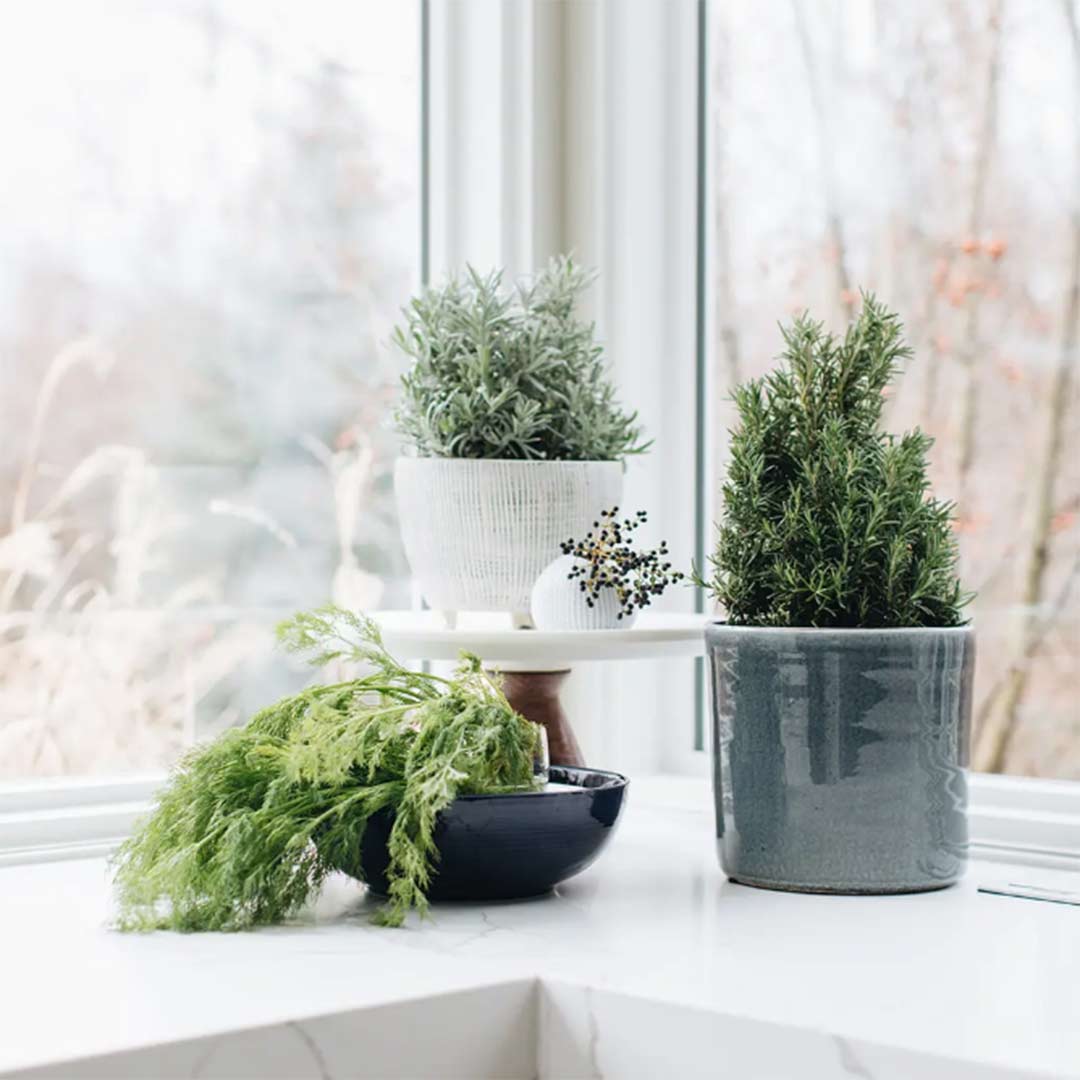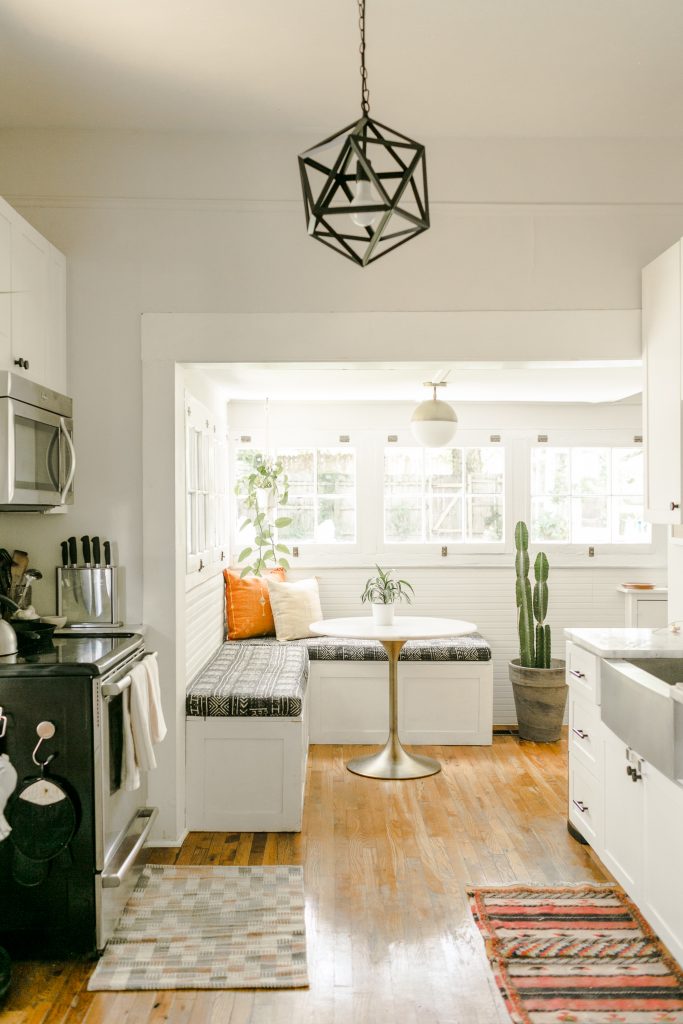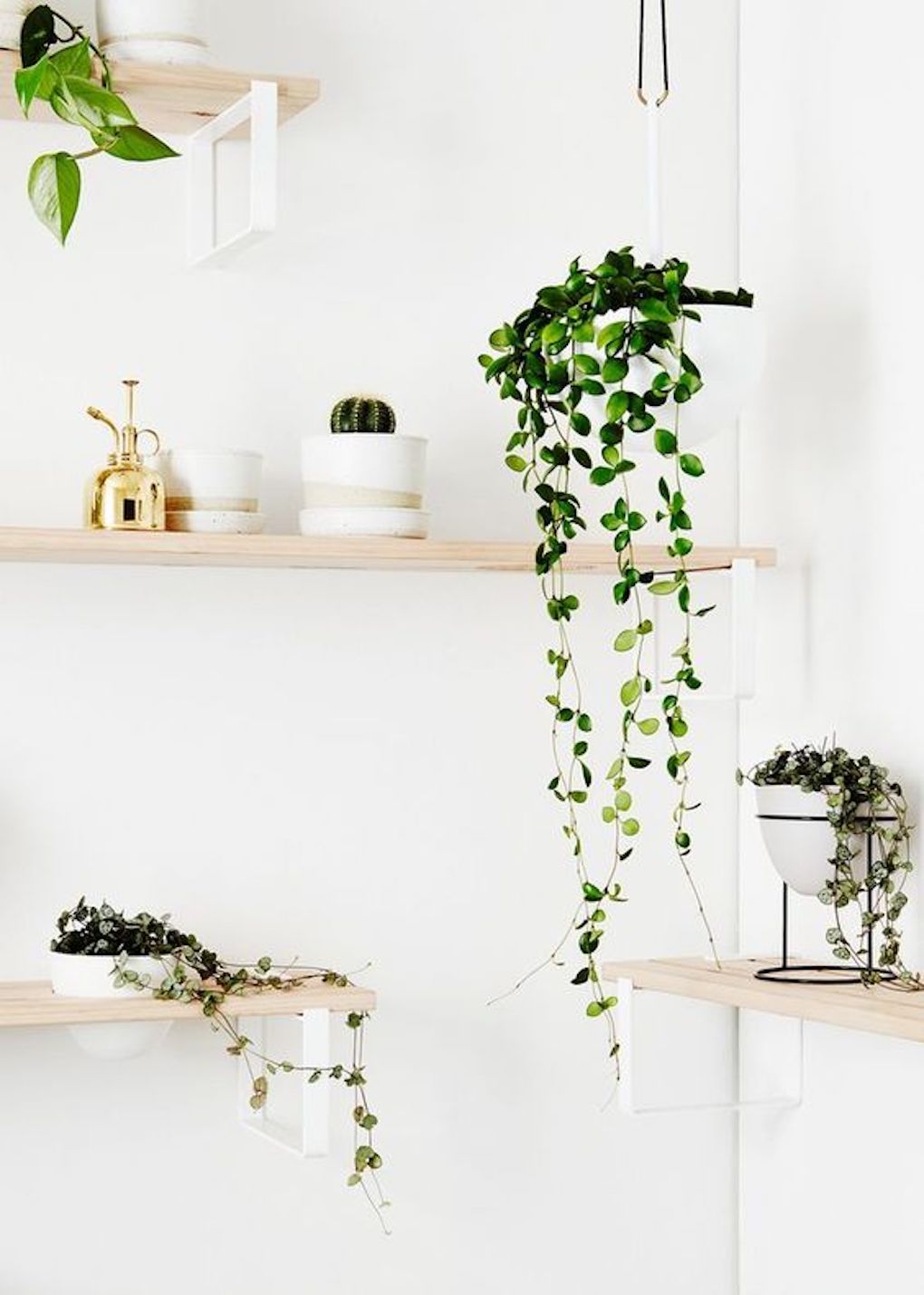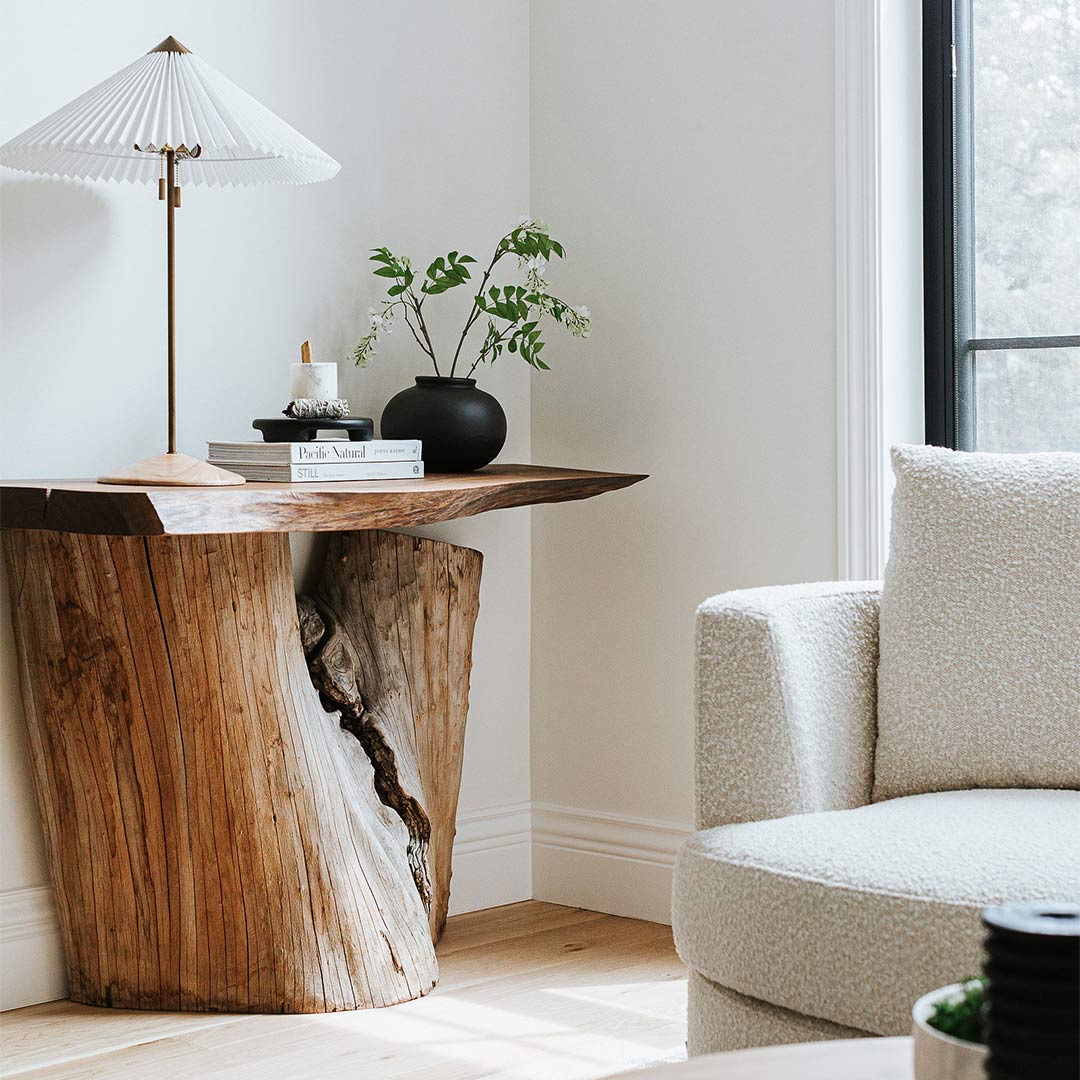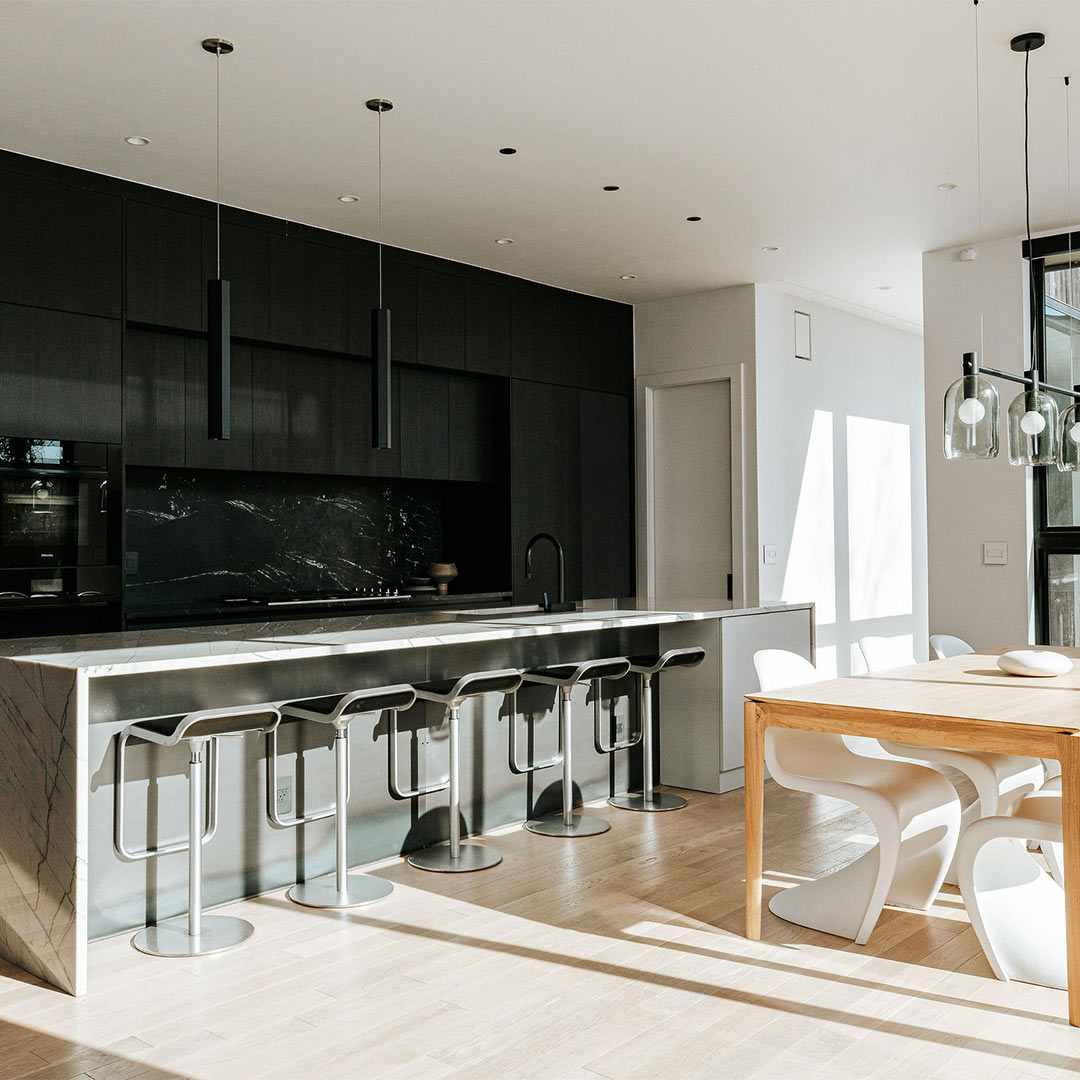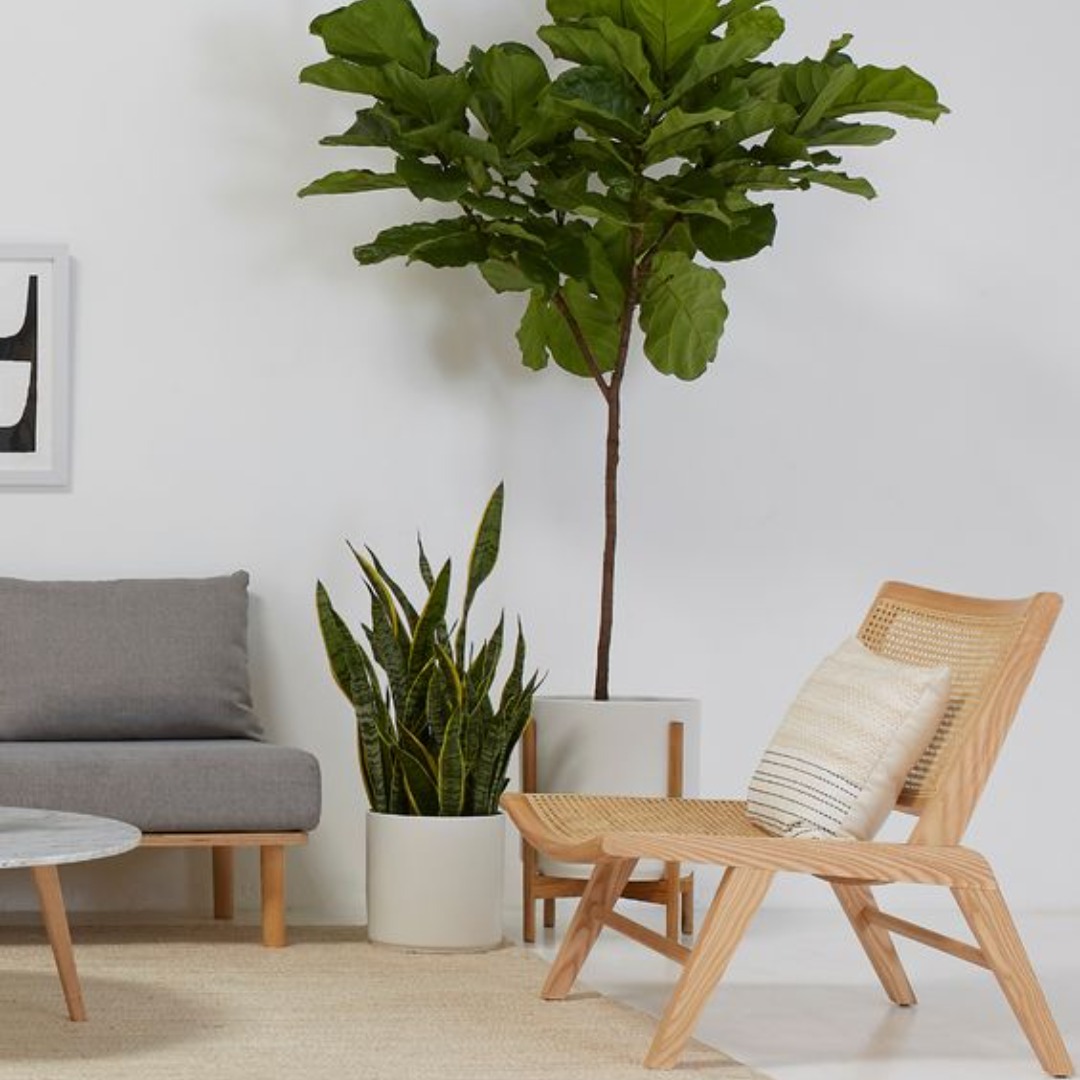I have been busy preparing and studying for my WELL AP certification. You may be asking what is WELL AP + why does it matter? WELL is part of the international WELL Building Institute (IWBI) – an organization that has spent years in research and development to help build safer and healthier homes. They have pioneered (and are constantly updating) the Well Building Standard which is a roadmap for creating and certifying spaces that advance human health and well-being.
The Well Building Standard cares about improving our physical health by first looking at our built-in environment. They strive to do that by analyzing and addressing health in 10 core concepts including: air, water, nourishment, light, fitness, mind + comfort.
At J. Reiko Design + Co, I take a holistic approach to design. This not only means creating a space that is beautiful and functional for my clients, but also a space that advances their health and well-being. Let’s talk about how this is possible with design and why your built environment aka “home-health” matters!
Why does your built-in environment matter?
A lot of research has been poured into this topic. Some of its founding can be traced back to Germany post WWII when biologist Bau Biologie discovered the homes built in the post-industrial revolution were making people sick. Toxic mold is a prime example of why physical materials matter. When goods + materials aren’t safely sourced and maintained, they can create problems like black mold.
Clean air and water starts with understanding their source. Our built-in environment is where we live + breathe. Meaning, a healthy mind and body starts with the air we are living with and breathing in. Good design starts with caring about sustainable design practices. Your home should always be a sacred space – one that brings you healing emotionally and physically. That’s why your built-in environment matters + that’s why I approach design with my clients with a holistic vision.
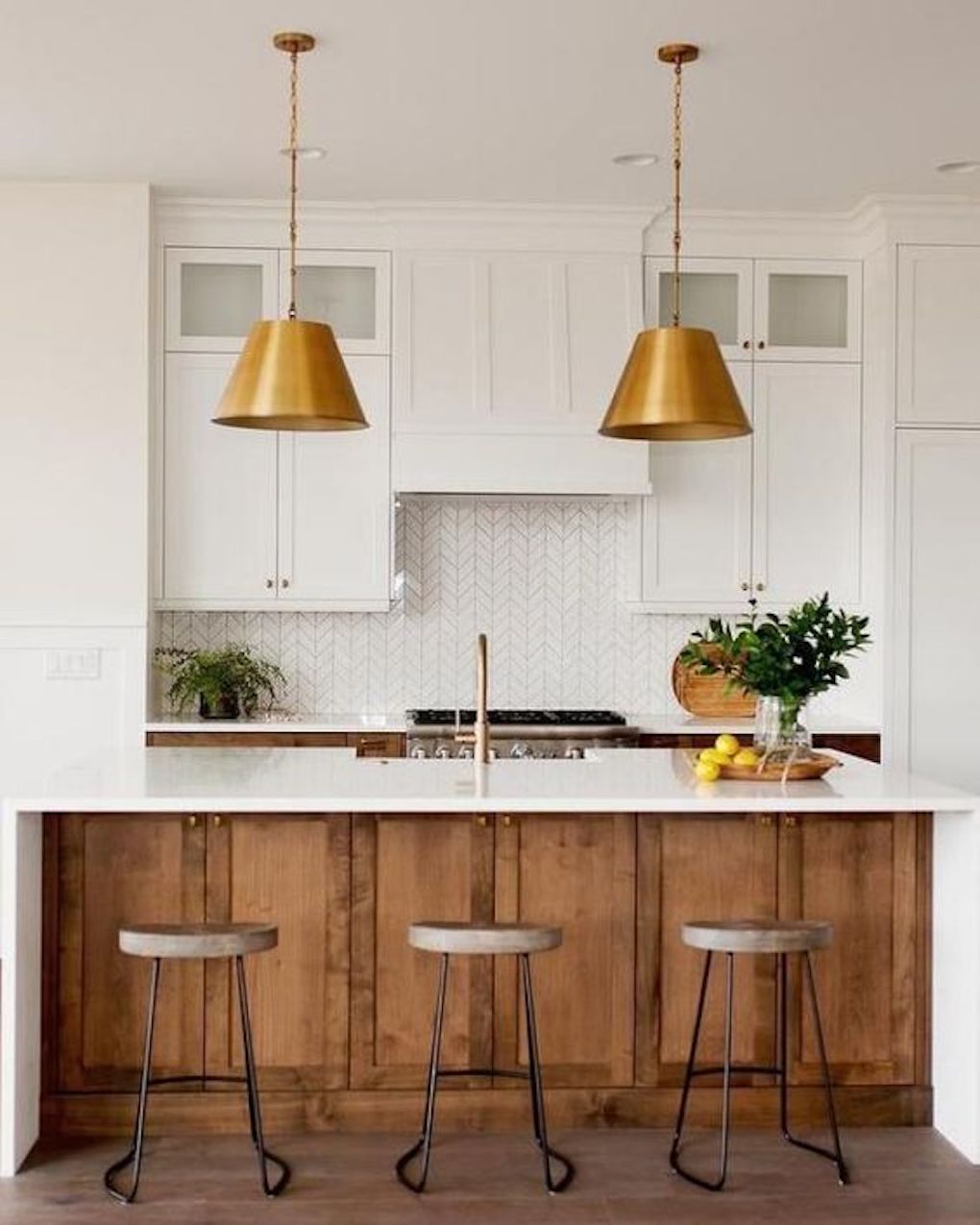
How do you know your home is healthy?
There is a great post from My Move that provides the most common toxins in residential homes and ways you can check for them. The most common toxins are mold, radon, asbestos and air pollution. Luckily, you can easily get tests done for radon by a certified professional from your state’s radon office. If you are fearing asbestos in your home, luckily the previous seller is required to disclose its existence. Otherwise, seek a professional to help with removal.
As far as air pollution goes, try to buy all natural materials to bring into your home. The products you bring into your home may have dangerous chemicals applied to them. The most common sources of this are in the textile and upholstery industries — many fire retardants or stain resisting treatments are applied to these household items and while they may solve one issue, they can expose you and your loved ones to chemicals that are harmful to your health.
What are Ways to Improve your Built-In Environment?
One recommendation I can give is do your research on the kinds of cleaning products you bring into your home. I personally recommend Supernatural or Branch Basics for non-toxic home cleaning products. Everything from your self-care products to your makeup matters + small steps can make a big difference.
An amazing resource for people looking to detoxify their home is the Holistic Home membership by Mccall Rollins. She is a holistic realtor, sustainable living educator, and design coach who offers a membership program for families seeking to make informed decisions for their built-in environment. She provides a huge amount of resources on natural living + easy ways to detoxify the home.
I recommend incorporating purifying air plants into your spaces for healthier clean air, as well as switching out your home cleaning products as these are quick, easy and effective ways to make a difference in your home health immediately.
How to Work With a Designer Who Knows about your built-in environment
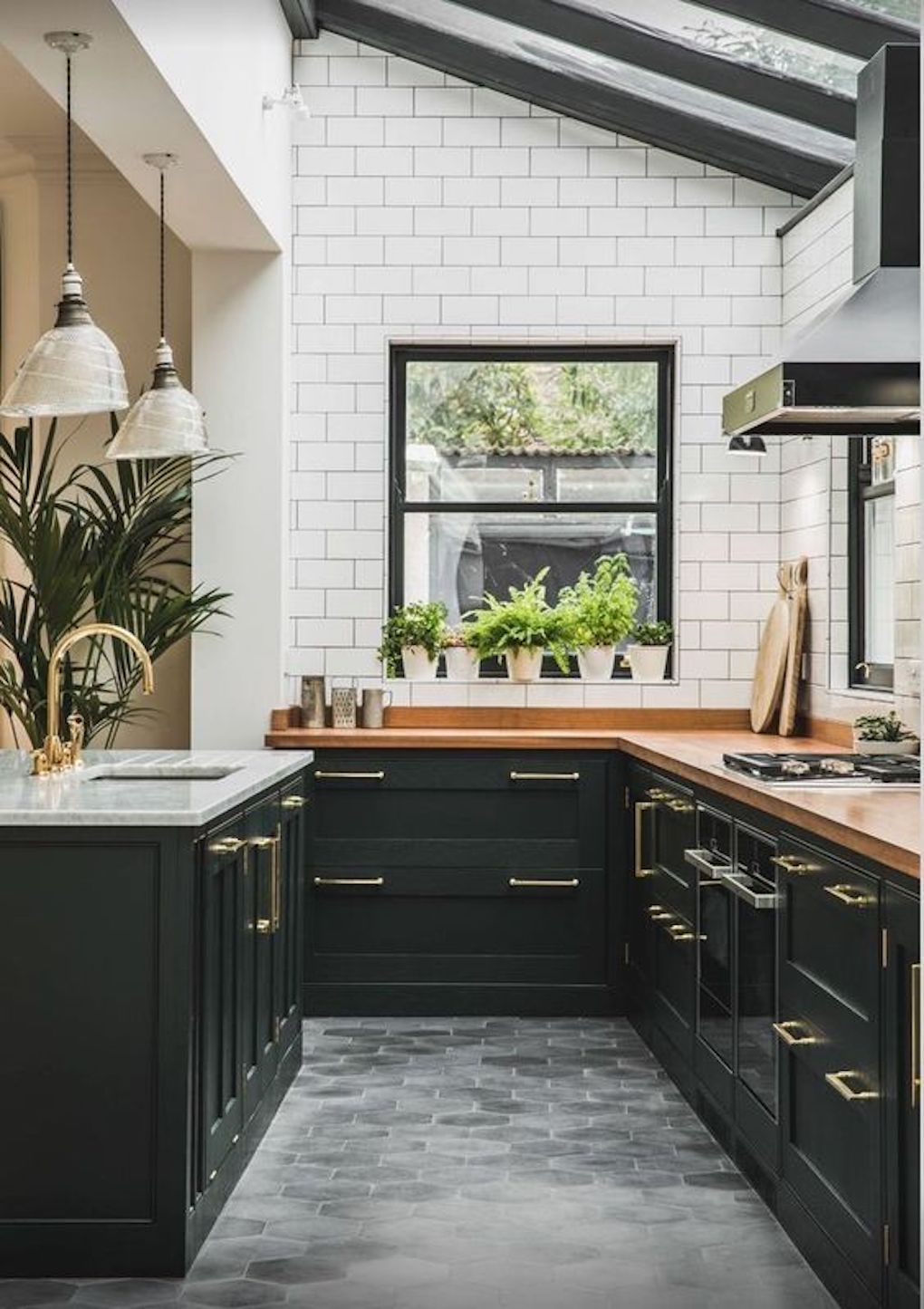
If you’re looking to start a new home renovation and are considering hiring an interior designer, look for a designer that is WELL certified. They follow design principles to ensure everything brought into the home is sustainable, toxin-free and ultimately health-promoting.
My holistic approach for a well built-in environment prioritizes the physical, emotional + mental health of the people who reside in the space. A good design not only requires sustainably-sourced materials, but also a design that brings warmth + joy to people as they experience and live in their space. As people spend more time working at home, it’s important that thoughtful design remains at the center of your home environment.
If you’re ready to start your home renovation, or are ready for a new design project you can schedule a discovery call + in-home consultation with me here.
